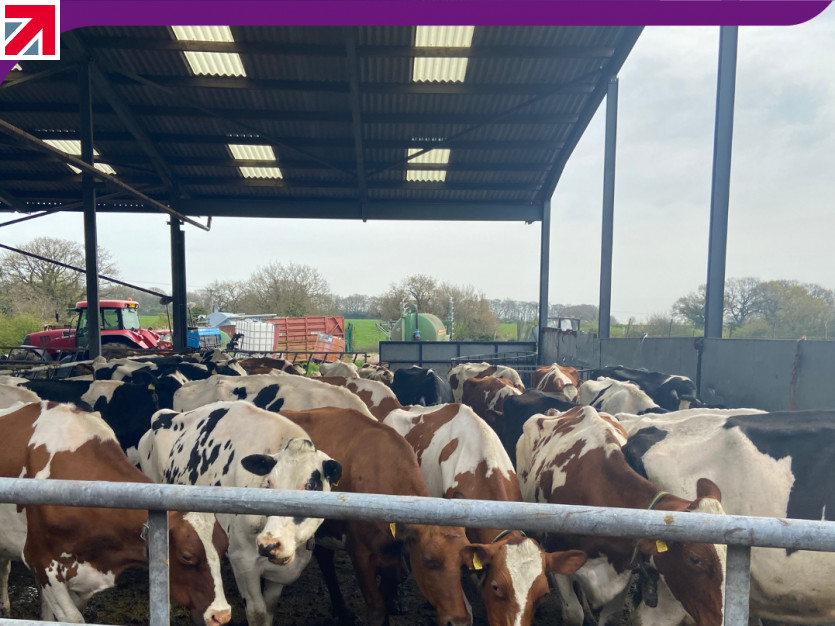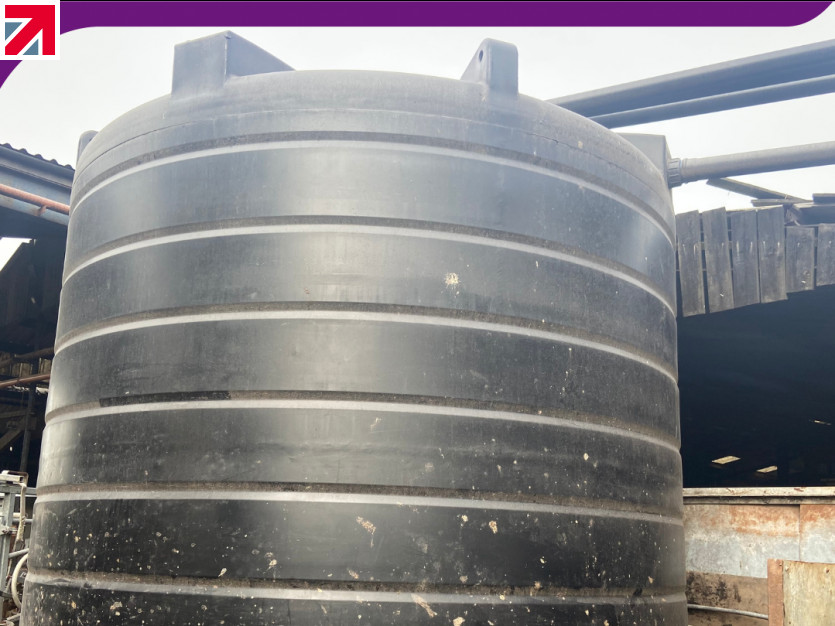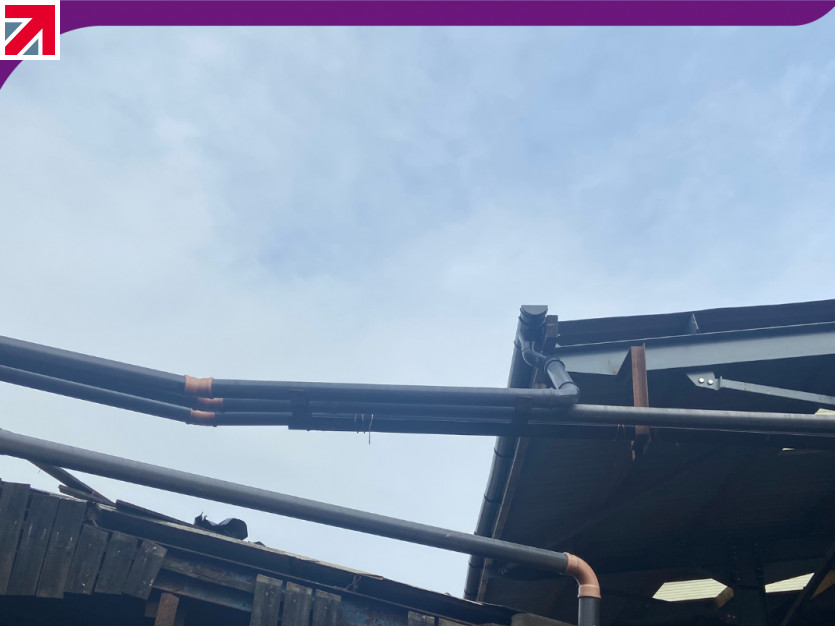They're all about the numbers. 30,000 litres, 70 Head, and 10 days
Big numbers, indeed.
Watery Leese Farm, sitting proudly in the heart of Staffordshire, is run by farmer Will Gallimore and his family under the trading name R.T Gallimore & Son. They have maintained Watery Leese for 35 years, a dairy farm housing 70 head.
Will learned of the South Staffs and Cambridge Water Farming grants three years ago. The initiative provides funding of up to £15,000 per year to spend on CapEx and improvements around the farm.
Will says: "We have used the grant for various things like fencing, concreting and railway sleepers, both new items and more general farm and environmental improvements". However, the most innovative outcome of the grant is the rainwater harvesting system.
Slanted barn roofs and guttering allow their rainwater harvest, running through a drainage and filtration system, then through a UV filter to eliminate harmful bacteria and eventually into drinking water troughs for the cattle to draw from. Will calls it "drainage in the sky".
The troughs used on the farm are impressive. They contain ballcocks at either end for water supply resilience. If the Rainwater diminishes due to heavy demand or low rainfall, the ballcocks kick-start the mains water supply drawn from the nearby Blithfield reservoir. Meaning the cattle always have access to good-quality drinking water.
The troughs each hold 350 gallons of water, and with each cow drinking around 20 gallons a day to produce 2000 litres, a reliable water supply is critical.
As it stands, Will uses the entire 30,000 litres of Rainwater for 70 head of cattle in 10 days.
Rainwater is more than just cost-effective and environmentally sound; it also improves milk yield. Will goes on to say, "When the cattle only consume rainwater, we benefit from around a 9% increase in yield." That's a significant increase from what is a free commodity.
As you'd expect, the farm has the ubiquitous 'slurry' pit, or "liquid gold", as Will calls it. Although high in value, maintaining and managing it takes much work.
Farmers appreciate the value of the slurry with a need for around six months of storage. However, the inability to profit from the slurry's benefits between October and May reduces the benefits somewhat.
Even then, outside of these dates, only around 50% can be used at any one time because of the nitrogen impact on soils.
There are several primary considerations in maintaining the slurry pit. New legislation demanding that all pits are covered is fast approaching without anybody having anything resembling a "perfect fit" (sorry about the pun) on how best to cover it. Secondly, is the need to manage overflow risks following heavy rainfall. All that water must go somewhere, after all.
According to Will, this is a happy consequence of capturing 30,000 litres of that rainfall and repurposing it. Had he not captured it, almost all of that would have ended up in his slurry pit.
Will's current pit is three and a half meters deep and 25m by 25m, and upcoming legislation that should come into play in 2028 states that a slurry pit must be covered. However, there are concerns about how to do this safely.
As the contents of the slurry are incredibly high in Nitrogen, this can build up over time. If the cover is not equipped to exhaust fumes, the Nitrogen buildup may become hazardous due to its highly flammable properties.
Although this is a significant part of the legislation, there isn't an official cover designed for a slurry pit, meaning farmers must 'make do' and try to comply with these health and safety requirements the best they can.
Will Gallimore concludes, "Many grants require installing equipment you don't need or massively over-specified. Our UV filter is the perfect size for what we need. We don't need one any bigger, but other funding initiatives would say we need one double that size, which is just wasteful, unnecessary, and expensive," Will explains.
South Staffs and Cambridge Water are independently funded and have an aligned goal of Tuffa's to better support farmers and water conservation.
Tuffa manufactures a range of water tanks from Rainwater to wastewater, 1350 litres or a staggering 20,000 litres. Rotomoulded with corrosion-resistant, seamless, UV-stabilised polymer, they provide durability with a 10-year guarantee and 20-year design life.
Contact our friendly Sales team for more information and advice or quotes, including discounts on trade prices.
Lauren Breslin is the author of this article. Lauren is the Marketing Executive at Tuffa UK Ltd.
Find out more about Tuffa Tanks on their member profile page here
Member-created content 2 years ago | From members


